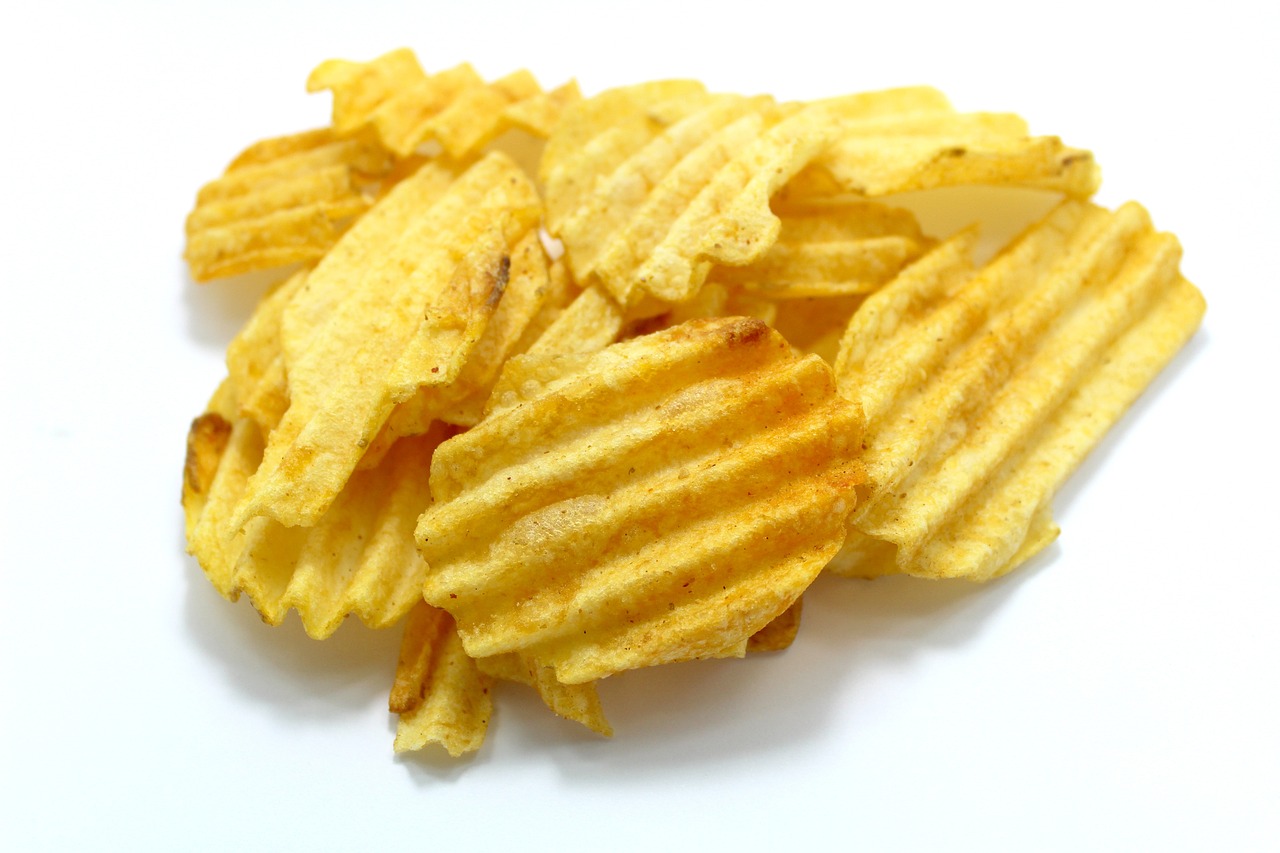10 Interesting Reasons Why You Are Craving Crunchy Food

Cravings for crunchy foods are a common experience shared by many. From the satisfying snap of a crisp apple to the irresistible crackle of chips, the allure of crunchy textures is undeniable. But what lies behind these cravings? In this article, we explore 10 reasons why crunchy food can be so appealing, shedding light on the sensory, psychological, and physiological factors at play.
Why Am I Craving Crunchy Food?
1. Stress Relief
Crunching down on something crispy can be a powerful stress reliever. The physical act of biting into a crunchy food requires more jaw work, which can help release some of the tension built up in our jaw and neck areas. This physical action can act as a form of stress release, providing a momentary escape from daily pressures.
Moreover, the sound of crunching is believed to have a direct impact on our brain. It can be satisfying and divert our attention away from stressors, offering a brief respite and a sensory distraction from anxiety or stress.
2. Sensory Satisfaction
Crunchy foods provide a multisensory experience that other textures do not. The sound of crunching, the tactile feedback in our mouth, and even the visual cues of biting into something crisp play a significant role in our satisfaction. These sensory inputs can elevate the eating experience, making it more enjoyable and memorable.
This sensory satisfaction is closely linked to our brain’s reward system. The combination of sounds, textures, and flavors can trigger positive responses in our brain, making us crave these experiences more as a way to feel pleasure and happiness.
3. Oral Fixation
For some, the craving for crunchy foods is tied to oral fixation, a concept stemming from Freudian psychology. Chewing provides a sense of comfort and can be a way to satisfy the need for oral stimulation. People who feel the need to keep their mouth busy might find crunchy foods particularly appealing because they offer extended periods of chewing.
Oral fixation can also be related to habits formed in childhood or as a coping mechanism for boredom or anxiety. Crunchy foods, in this context, serve as a way to keep the mouth engaged and provide a temporary distraction from underlying issues.
4. Dietary Deficiencies
Sometimes, cravings for certain textures, including crunchy foods, may indicate dietary deficiencies. For instance, craving crunchy snacks could signal a lack of certain minerals or nutrients in the diet. The body’s way of seeking balance might manifest in the desire for foods that texture-wise, seem to fill a nutritional gap.
It’s essential to consider the nutritional content of the foods we crave and explore whether our diet lacks specific nutrients. Consulting with a healthcare provider can help identify any deficiencies and adjust the diet accordingly.
5. Habit and Conditioning
Our eating habits and preferences, including a penchant for crunchy foods, are often shaped by conditioning. If we associate crunchy foods with positive experiences or emotions, we’re more likely to crave them. This conditioning can happen over time, with repeated exposure reinforcing our preference for crunchy textures.
Breaking the cycle of craving crunchy foods due to habit and conditioning can be challenging. It involves making conscious choices and possibly finding healthier alternatives that satisfy the crunch factor without compromising nutrition.
6. Hydration Status
Cravings for crunchy foods might also reflect our body’s hydration status. Sometimes, when we’re dehydrated, we might mistake thirst for hunger, reaching for crunchy snacks instead of a glass of water. This is particularly true if we’re used to munching on salty snacks, which can further dehydrate us.
Staying adequately hydrated can help mitigate cravings for crunchy foods, especially those high in salt. It’s a simple yet effective way to ensure that our body’s signals for thirst are not misinterpreted as hunger.
7. Emotional Eating
Crunchy foods often become the go-to choice during emotional eating. The act of eating something with a pronounced texture can provide a momentary emotional release, serving as a coping mechanism for stress, sadness, or even boredom. The physical act of crunching can be cathartic, offering an outlet for emotions.
Recognizing emotional eating patterns is crucial in understanding and addressing cravings for crunchy foods. Finding healthier ways to cope with emotions, such as through exercise or meditation, can help reduce the reliance on food for emotional comfort.
8. Social Influences
Social settings and cultural influences can significantly impact our food cravings, including the desire for crunchy foods. In many cultures, crunchy snacks are a staple at social gatherings, making them an ingrained part of our eating habits. The association of crunchy foods with fun and socialization can intensify cravings.
Being mindful of the social and cultural contexts that stimulate cravings for crunchy foods can help us make more conscious eating choices, balancing the pleasure of eating with nutritional awareness.
9. Boredom and Mindless Eating
Boredom can lead us to seek out crunchy foods as a way to break the monotony. The act of eating something with a distinct texture can momentarily occupy our minds and provide a break from the dullness.
This often leads to mindless eating, where we consume food without real hunger or nutritional need. Addressing boredom by engaging in activities that stimulate the mind can help reduce the tendency to reach for crunchy snacks. Finding hobbies or tasks that keep us engaged can be a healthier way to combat boredom.
10. Seeking Variety and Adventure
Finally, the craving for crunchy foods can stem from a desire for variety and adventure in our diet. Eating foods with different textures, including crunchy ones, can make meals more exciting and enjoyable. For those who love exploring new foods and flavors, the allure of crunch adds an extra dimension to their culinary adventures.
Incorporating a variety of textures and flavors into our diet can satisfy the craving for crunchy foods in a balanced and healthful way, ensuring that we enjoy the adventure of eating without compromising nutrition.
Understanding the multifaceted reasons behind our cravings for crunchy foods can empower us to make informed choices about our eating habits. Whether it’s seeking stress relief, satisfying sensory needs, or simply enjoying the variety, recognizing the root of our cravings is the first step toward a balanced and mindful approach to eating.






